What would C.J. Sansom have made of the Hulu version of his novel series about sixteenth-century crookback lawyer Matthew Shardlake? Sadly, because he died just a few days before its release, we’ll probably never hear the full story. But this comment from the show’s producer offers a hefty clue: “Chris [Sansom] has been enormously generous and he wants more people to read the books, and this is such a good way.”
Sounds very much like Sansom accepted this atrocity of an adaptation as a necessary evil: his books had been stuck in development hell for nearly two decades (possibly, because his labyrinthine whodunits about monastic reform and court politics in Henry VIII’s England were considered a bit niche for mass audiences) and, in the end, he simply capitulated to moronitude.
But I wish he hadn’t. One of the things that make the Shardlake books so distinctive and admirable is their attention to period detail. They don’t just take enormous pains to capture the look and feel of the era (the first is set in 1537), but also the very different way people thought. “His characters are of their time,” commented one reviewer. “He never allows anachronisms to creep in, either in language or in his characters’ thoughts.”
The problem — and it’s a big one — is that this adaptation comprises almost nothing but anachronisms. Within minutes, we meet a street hawker with a talking bird. It’s a macaw, from the New World, such as would surely have been well beyond the financial reach of all but the very richest folk before the great age of Elizabethan discovery.
Nor, I suspect, did the buildings in Henry VIII’s England look remotely like the two main locations for the gloomy monastery — one castle (Hunedoara) in Transylvania and another (Kreuzenstein) outside Vienna. This is a generic, cod-medieval fantasy-land, acceptable enough perhaps in a sword and sorcery series like The Witcher, but somewhat grating in a world populated with named historical figures such as Thomas Cromwell (Sean Bean, barely even trying).
Not only do the characters not look Henrician, but still less do they sound like them. “Alice, can I have a quiet word please?” says someone addressing a maidservant. An upper gallery of the monastery, we are told, is “closed for repair.” “Like all women, I must deal with it,” complains another serving wench, about the sexual harassment from the monks. No surprise if you believe in nominative determinism. Screenwriter Stephen Butchard made a similar shambles of Bernard Cornwell’s The Last Kingdom novels.
A bit like William of Baskerville in The Name of the Rose, Sansom’s Shardlake — sympathetically played by Arthur Hughes who, with sidekick Jack Barak (Anthony Boyle), is the main redeeming feature — is a Sherlock Holmes avant la lettre. He notices, for example, that the killer who decapitated the first victim must be of medium build because of the angle of the severed neck.
So how come so astute an observer fails to notice the bizarre anomaly whereby the abbot of this sixteenth century monastery is very obviously of black African heritage? In the books, there is one (lighter-skinned) Moorish monk, whose ethnicity is an object of curiosity for Shardlake, but that’s it. This is what’s so insulting about the fashion for color-blind casting in period drama. It makes a mockery not just of the carefully wrought original material but of the viewer’s intelligence and the very notion of verisimilitude.
Jeremy Clarkson, Kaleb, Cheerful Charlie and the dry-stone waller who pretends to speak unintelligible Chadlington rustic when in real life he’s apparently perfectly lucid are all back for another series of Clarkson’s Farm. As ever, the stunts and plotting are as contrived and puerile as one of those Top Gear specials where they head off to south-east Asia to make lightly racist jokes about slopes on bridges.
Implausibly, Clarkson decides in the first episode to make a virtue of his non-farming land — i.e. all those otherwise unproductive parts of his 1,000 acre patch, such as the hedge abundant with blackberries which he sees retailing in his supermarket for five each. Clarkson borrows an expensive looking blackberry-harvesting machine (quite obviously designed for commercially grown blackberries, not wild ones), which of course comes a cropper on the concealed wall which he supposedly didn’t realize extended underneath the hedge.
Not that I’m complaining. Without the fakery there would be no story arc, nor indeed any watchable series. I love this show to bits, as, gratifyingly, do millions around the world. Lots of farmers say that it captures better than any other program just how hard it is to make a living with so much stacked against them, from freakish weather and rising fertilizer prices to ever more lunatic regulations.
What makes it all so poignant and sad is that everyone watching would happily scrap this deadly bureaucracy in a trice — but that no amount of popular feeling is ever going to make the blindest bit of difference. It’s why many farmers, far too many, are accepting government bribes to give their land over to rewilding or wind and solar — or just abandoning farming altogether.
This article was originally published in The Spectator’s UK magazine. Subscribe to the World edition here.



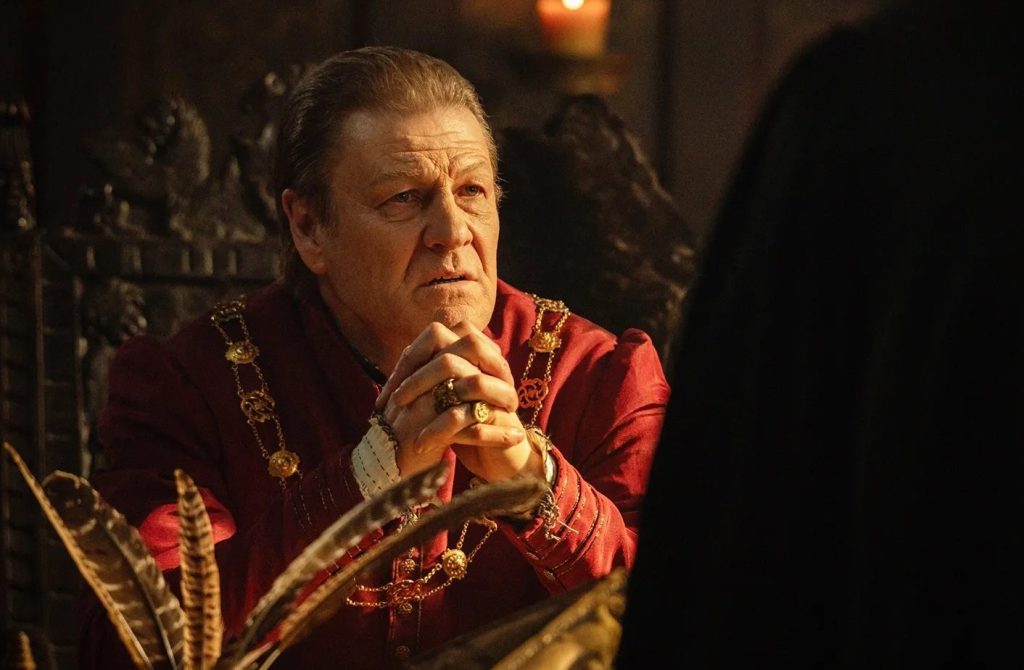






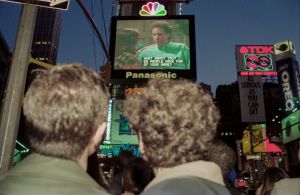
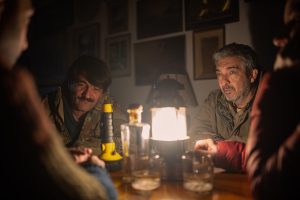
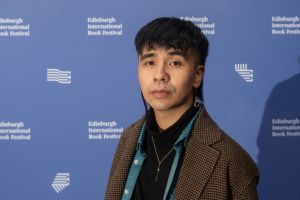

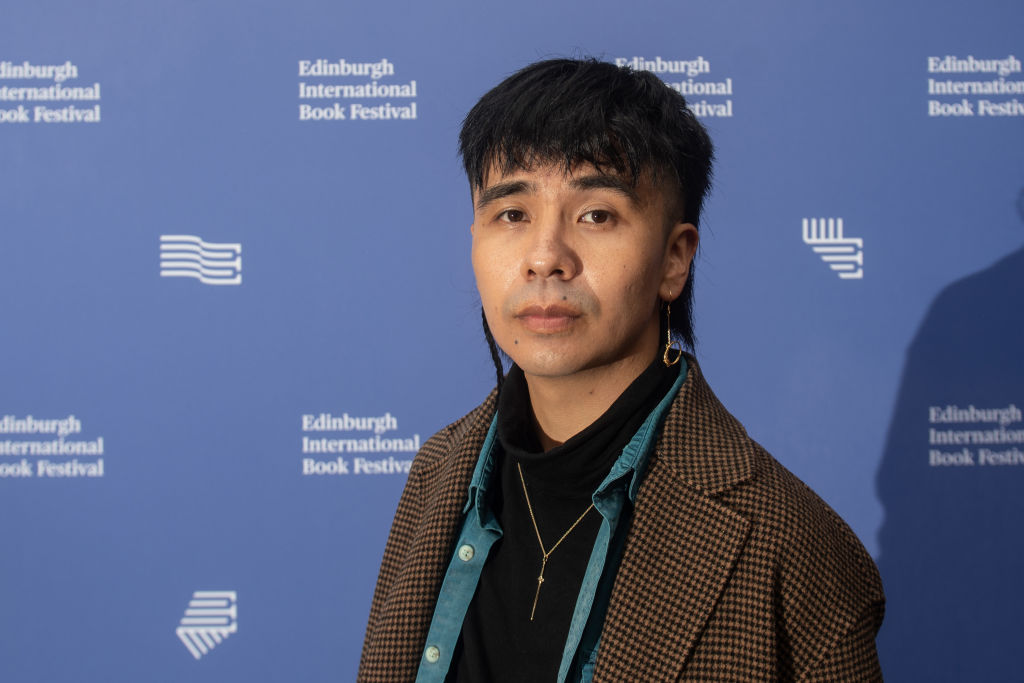
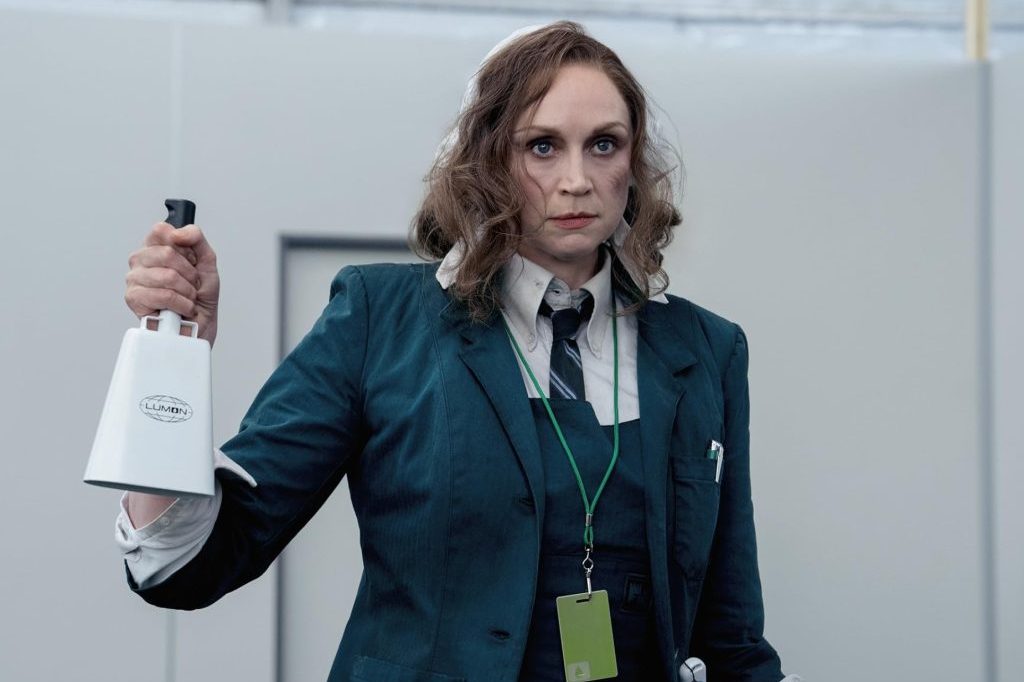
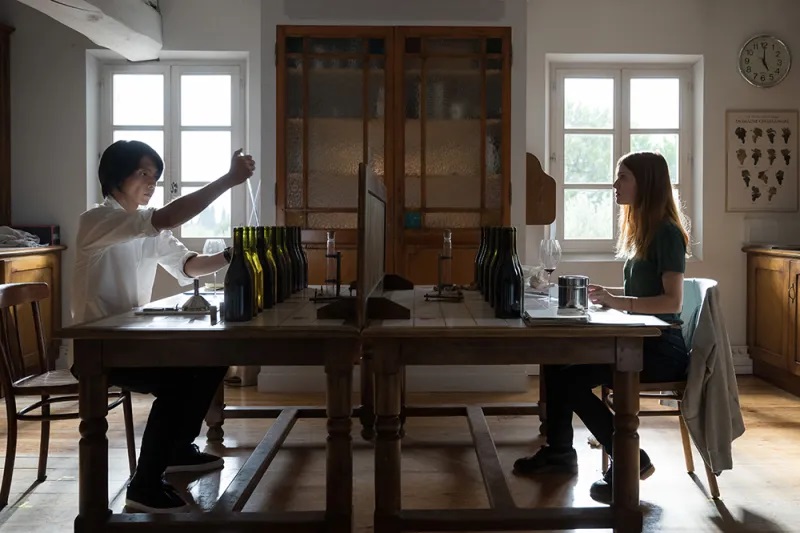
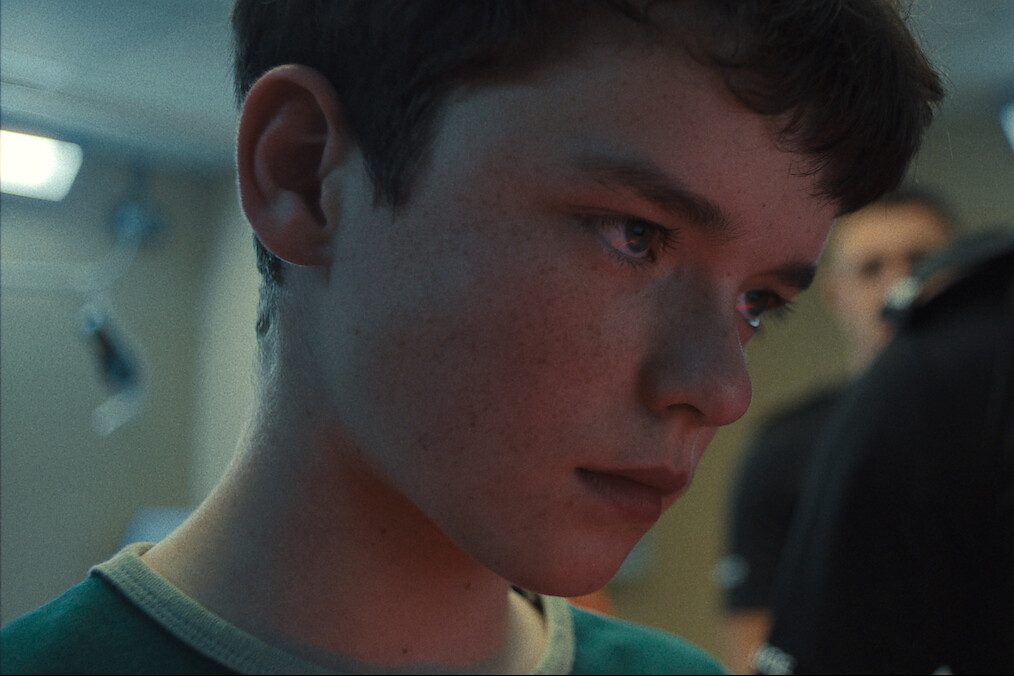
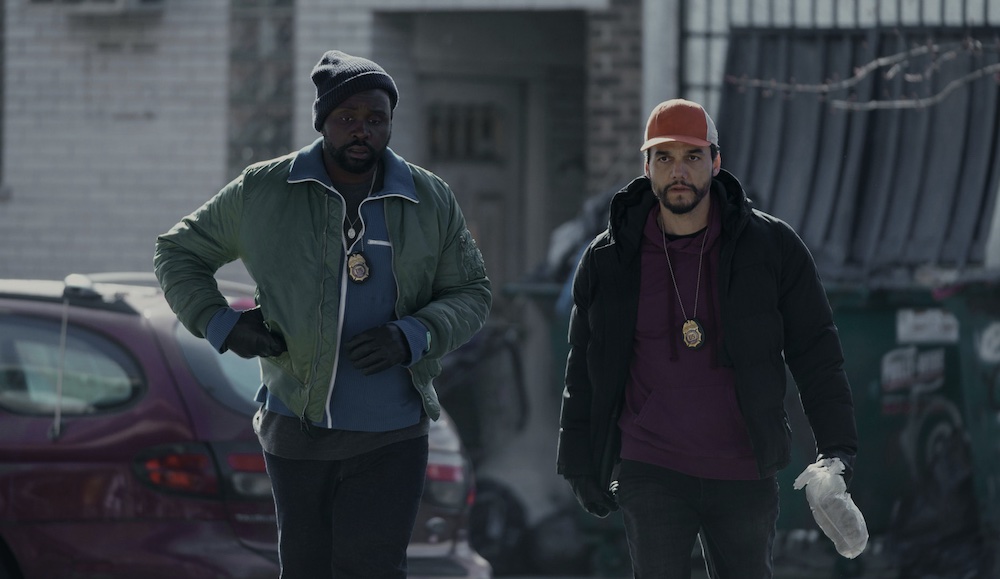







Leave a Reply